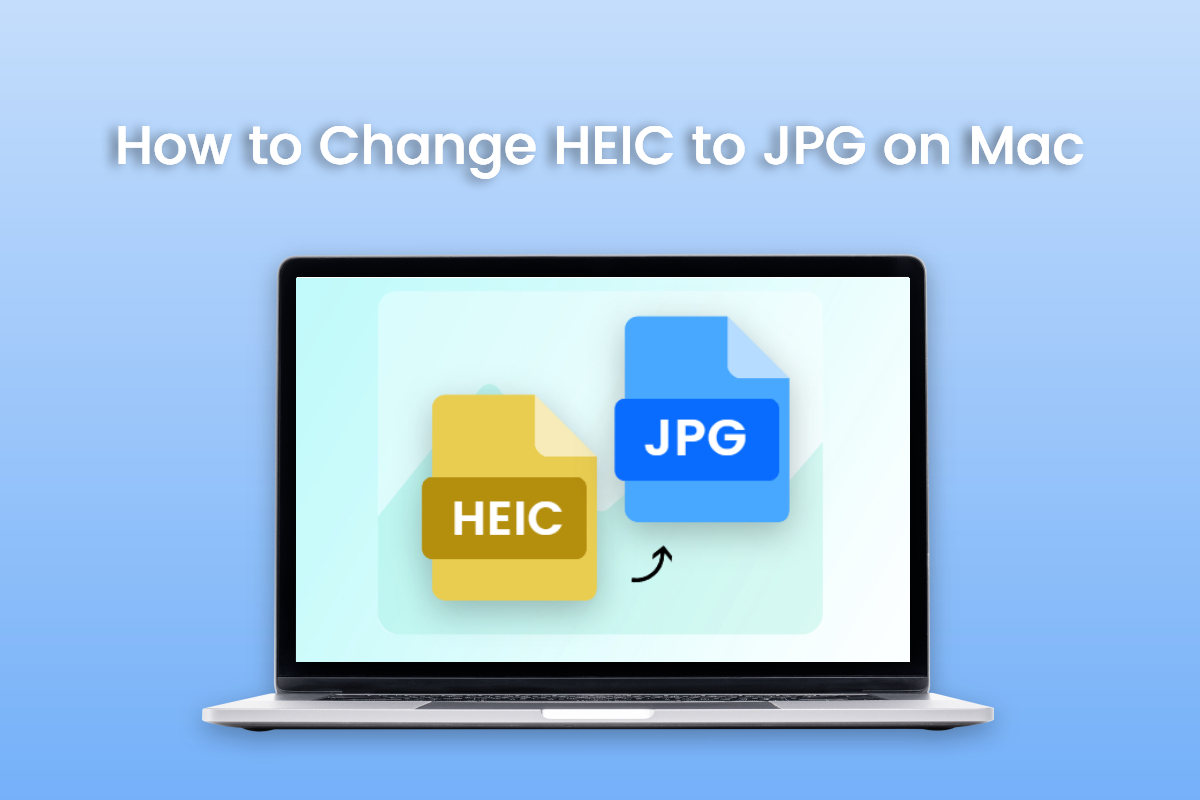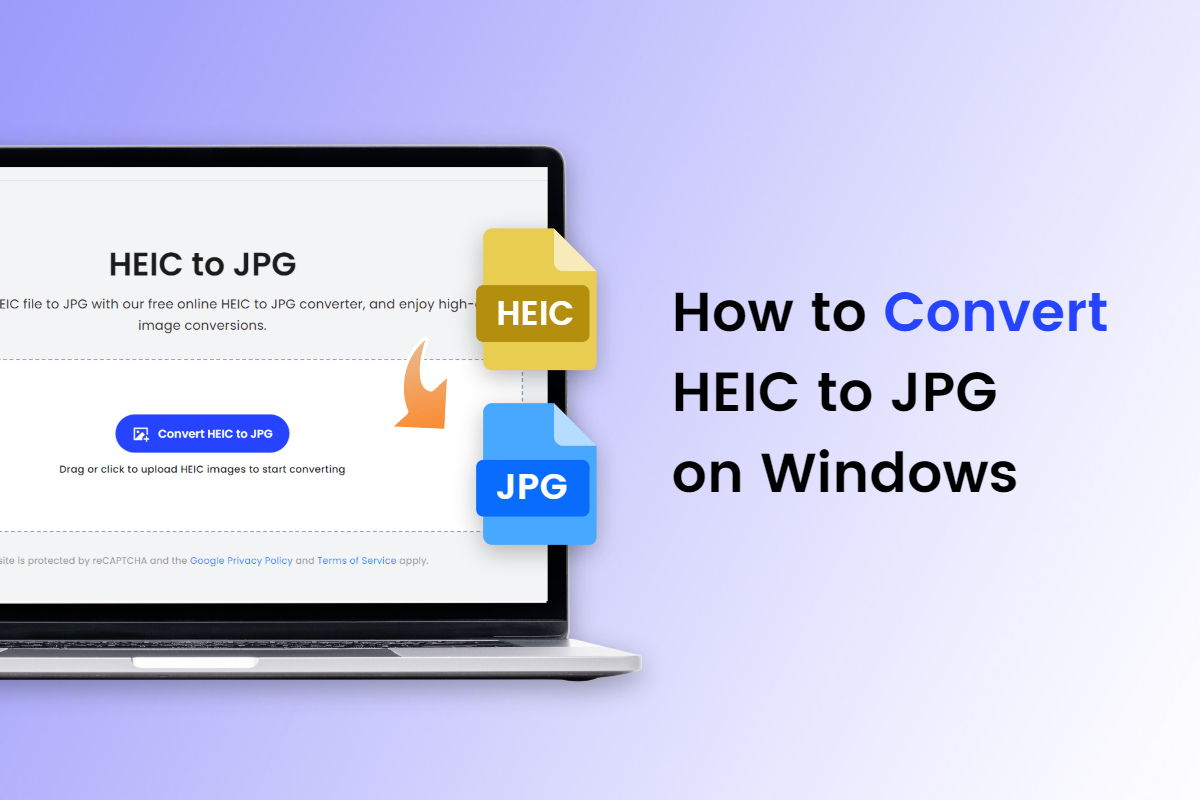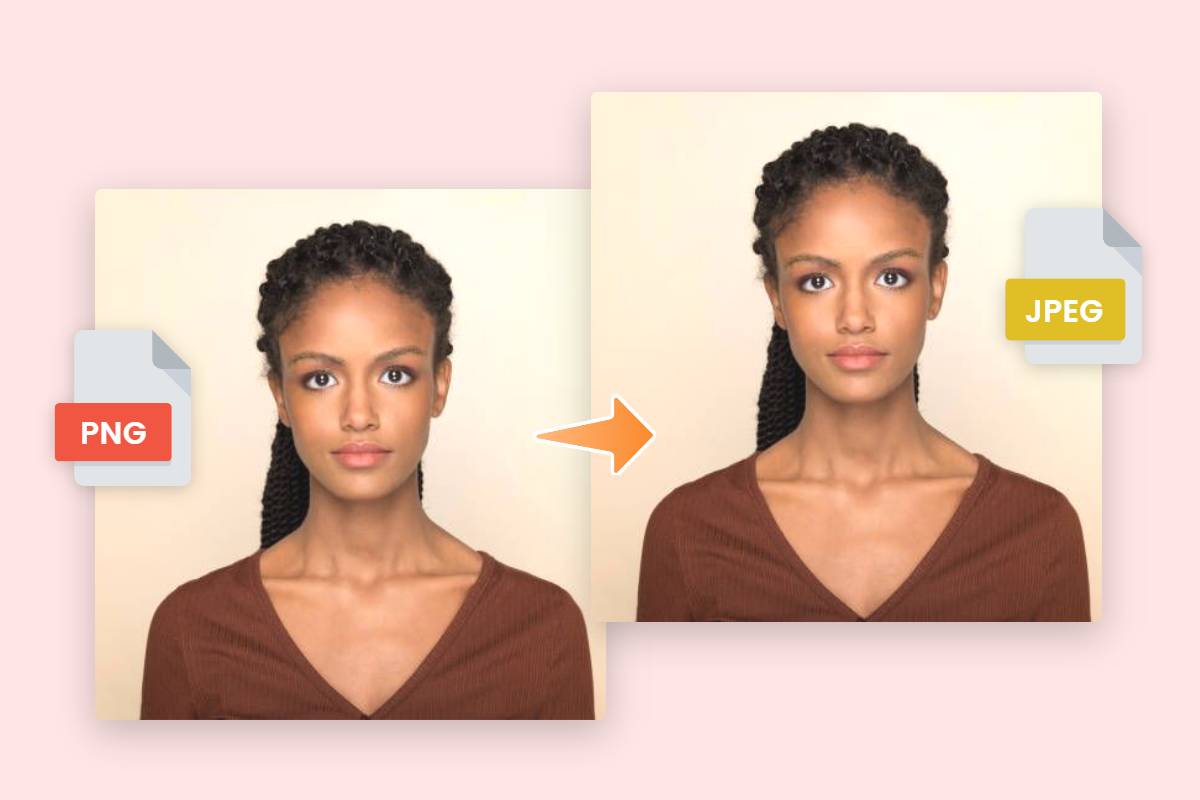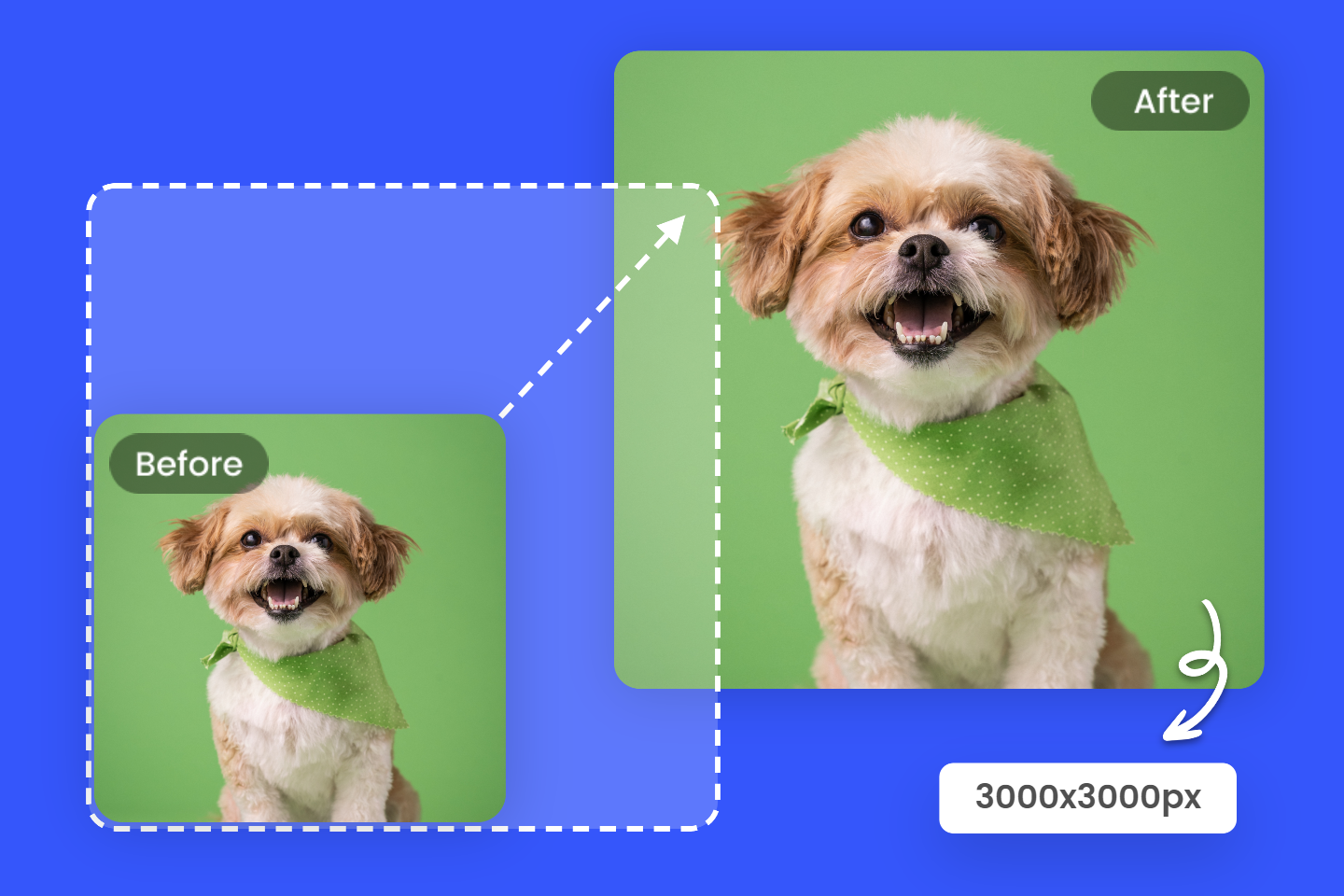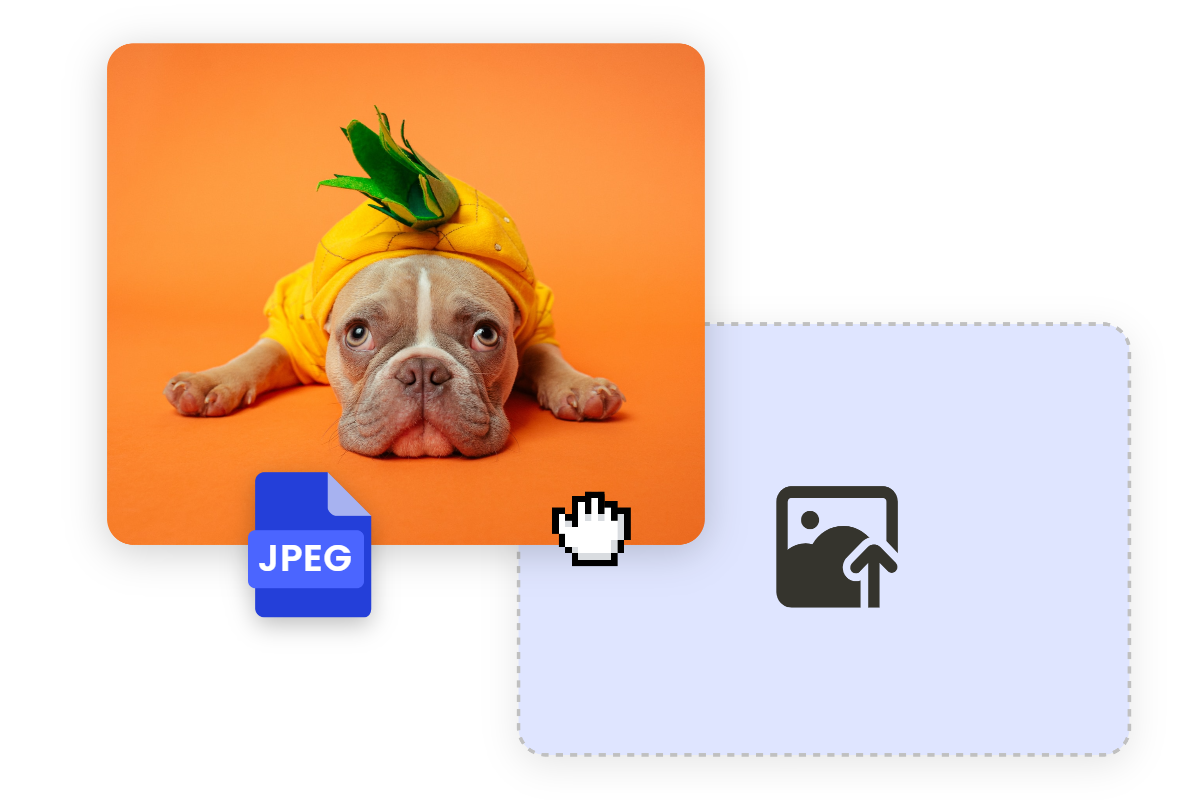SVG Vs PNG: What Are the Differences & Which One Should You Use
Summary: In this article, we will talk about SVG vs PNG, including their definition, pros and cons and when to use them. Ways to convert PNG to SVG are also covered.
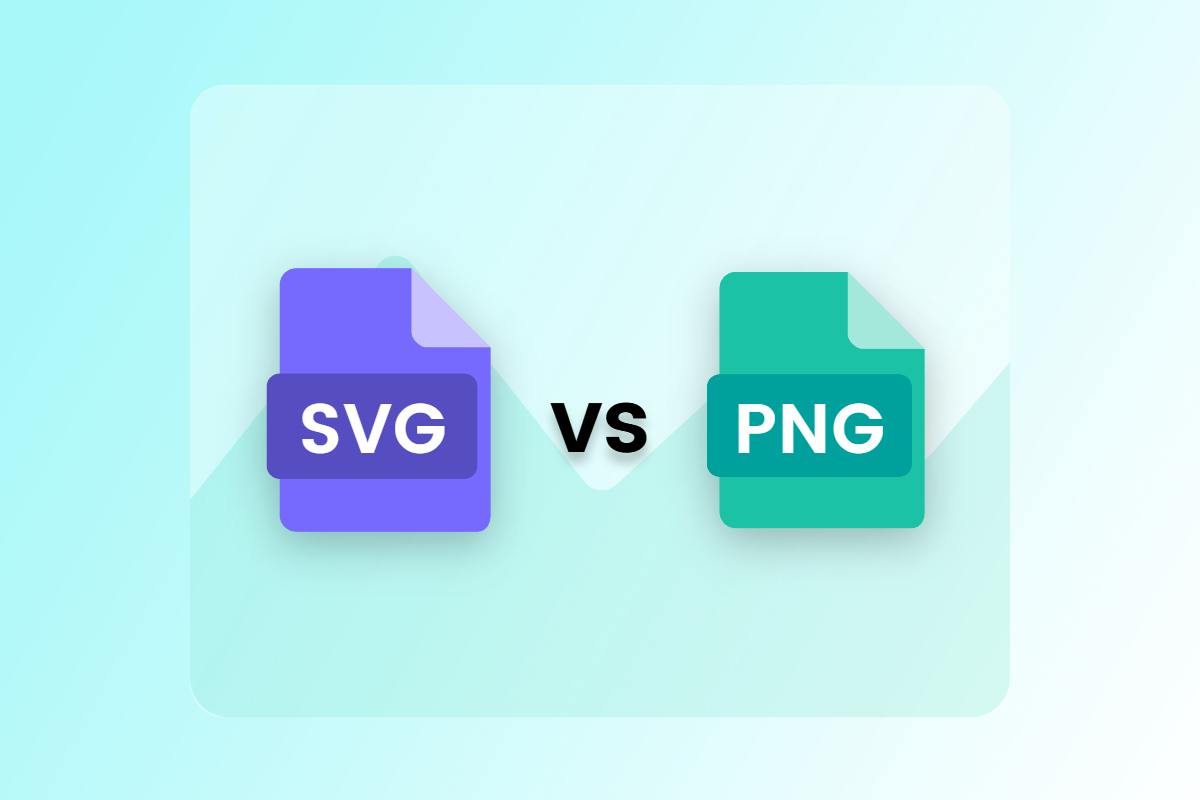
Images are an integral part of various online platforms and designs. There are dozens of image file types, each varying based on compression type, formatting, and browser support. When it comes to choosing the right image format, SVG (Scalable Vector Graphics) and PNG (Portable Network Graphics) are two common options. Both formats have their own strengths and weaknesses, making them suitable for different purposes.
In this article, we will talk about SVG vs PNG and explore the differences between SVG and PNG files and help you determine which one is best suited for your needs.
What is An SVG File
SVG is shorthand for Scalable Vector Graphics. It’s a vector-based image format that utilizes XML (Extensible Markup Language) to describe two-dimensional graphics. Unlike raster-based formats like PNG, which use a grid of pixels to create images, SVG files store graphics as mathematical equations. This allows SVG images to be scaled up or down without losing quality or clarity. SVG is also the most widely used vector file format on the web.
Pros and Cons of SVG
SVG has several advantages that make it a popular choice for certain applications. Firstly, as mentioned earlier, SVG is scalable, which means it can be resized without any loss in quality. This makes SVG ideal for responsive web design, where images need to adapt to various screen sizes.
Secondly, SVG files are typically smaller in size compared to raster-based formats like PNG. This is because SVG files only store mathematical equations and instructions for rendering the images, rather than a grid of pixels like PNG files. Smaller file sizes can improve website performance and reduce bandwidth usage.
However, SVG also has some drawbacks. One limitation is that SVG is not suitable for complex or highly detailed images. Since SVG images are created using mathematical equations, intricate designs with a lot of details may result in large file sizes or performance issues.
When to Use SVG Over PNG
SVG is particularly beneficial in certain situations. If you're creating logos, icons, or any other graphics that require scalability and need to be displayed on various devices, SVG is the preferred choice. Additionally, if you're working on websites or applications that demand fast loading times and efficient use of bandwidth, SVG's smaller file size can be advantageous.
What is A PNG File
PNG stands for Portable Network Graphics. It is a raster-based image format that supports lossless data compression. It was designed to replace the older GIF format and provides a more extensive range of colors and better transparency.
Anyone who’s ever used a computer has likely worked with PNGs, as it’s the most common file type on the internet next to JPEG.
PNG is a raster image file type, similar to most common image formats. That means it consists of pixels, the same small dots displayed on your monitor or screen. While this makes it easy to display, it also means image quality is dependent on the resolution – how many pixels are in the image.
Pros and Cons of PNG
PNG offers its own set of advantages and disadvantages. One major benefit of PNG is the ability to retain image quality even after multiple edits and saves. This is because PNG uses lossless compression, which means no data or quality is lost during the compression process. As a result, PNG is ideal for images that require frequent modifications.
Another advantage of PNG is its support for transparency. The format allows for pixels to have an alpha channel, which determines their level of transparency. This feature is essential when you need to overlay images or logos on different backgrounds, as it ensures a smooth integration without any visible edges.
However, one downside of PNG is that it typically results in larger file sizes compared to SVG. Since PNG images store each pixel's color information individually, complex images with many colors may lead to larger file sizes. This can impact website loading times, especially for users with slower internet connections.
When to Use PNG Over SVG
PNG is most suitable for images that require high levels of detail, such as photographs or complex graphics. If you're working with images that do not need scalability and high performance, but demand rich color information and transparency, PNG is the preferred choice. It is commonly used for photos, website banners, and images that are not intended to be resized or scaled. So, if you're looking to create stunning visuals, be sure to utilize a reliable PNG maker that allows you to effortlessly produce high-quality images that truly stand out.
Differences Between SVG and PNG Files
Now that we have explored the individual characteristics of SVG and PNG, let's take a closer look at the differences between these two image formats.
Scalability
SVG is scalable, allowing for smooth resizing without losing quality. PNG, on the other hand, is a raster-based format that does not scale well. Enlarging a PNG image can result in pixelation or loss of image quality.
File Size
SVG files are usually smaller in size compared to PNG, making them more suitable for web-based applications where file size and loading times are critical factors.
Image Complexity
SVG is great for simple graphics, icons, and logos, while PNG is better suited for complex images, photographs, and graphics with fine details.
Transparency
PNG supports alpha channels, allowing for smooth transparency transitions between images and backgrounds. SVG can also have transparent elements, but the level of control and complexity is limited compared to PNG.
Animation
SVGs are perfect for animation because they are vector-based, meaning they are made up of vector graphics describing the shape and size of objects in the image. However, PNG files don’t support animation, meaning that they are made up of pixels.
How to Convert SVG to PNG
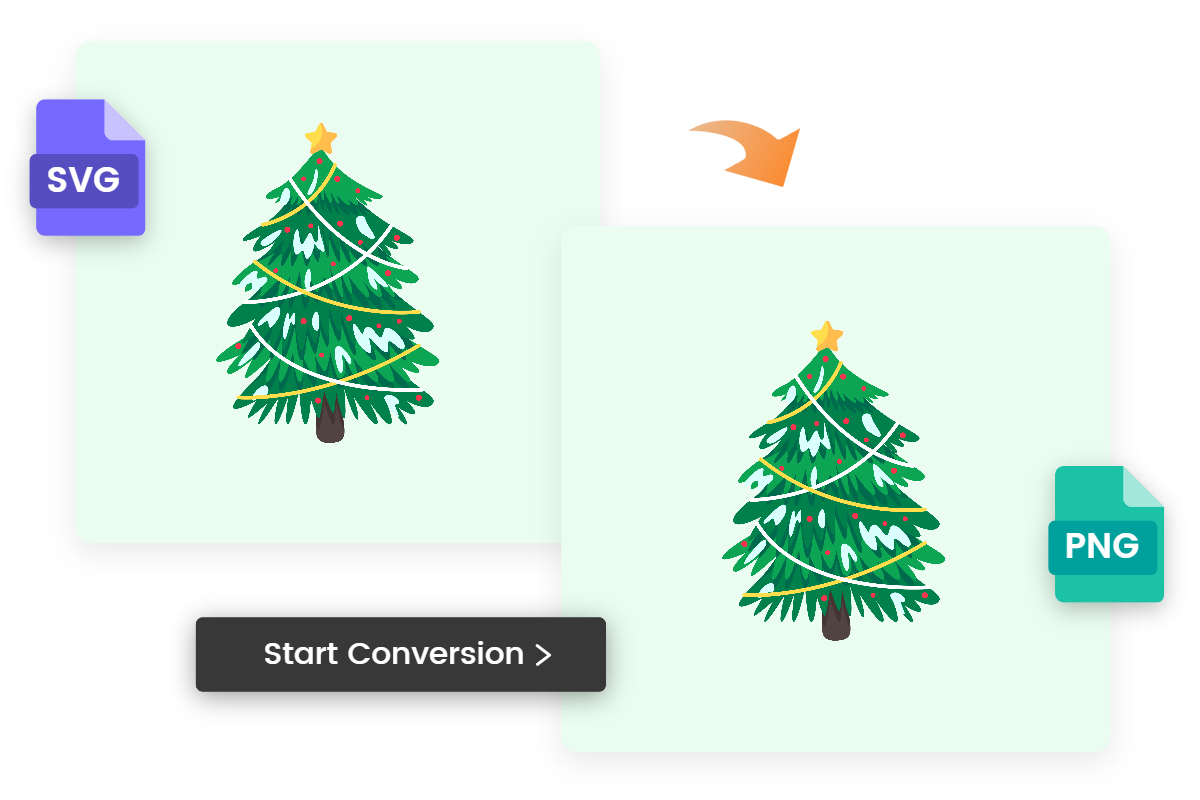
In some cases, you may need to convert a SVG image to PNG format. Converting raster-based images to vectors can be challenging. Here, we recommend the online image converter of Fotor.
Fotor's Image Converter is a convenient and user-friendly tool that lets you quickly convert SVG files to PNG without the need to install complicated software. It provides a seamless conversion experience, ensuring that your SVG files can be easily converted to PNG format without losing quality. Fotor also provides an online SVG editor, which allows you to customize your SVG file.

Fotor
With the image converter of Fotor, you can convert images to any format you want. Whether you want to convert to png, jpg or webp, you can achieve it easily here.
Just upload your image to our SVG editor to group or ungroup SVG objects, merge and combine multiple SVG files, and apply easy changes to your images to make them better fit your layout or design.
Conclusion
In this blog, we have talked about SVG vs PNG, including the definition and individual characteristics. In conclusion, when choosing between SVG and PNG, it's essential to consider the specific requirements of your project. Remember that the choice between SVG and PNG depends on factors such as scalability, image complexity, file size, and transparency requirements.
